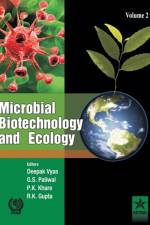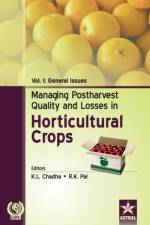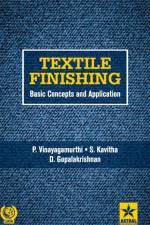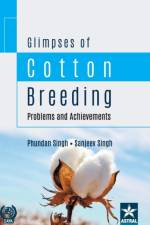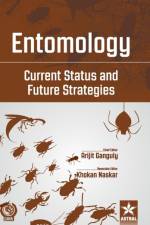av Chandra Shekhar
907
Zoonoses describe diseases that can be transmitted from vertebrate animals to humans. Zoonotic diseases are common and are caused by various types of agents such as bacteria, fungi, viruses or parasites. The present book entitled "Zoonoses: Infectious Diseases of Animals Transmissible to Humans" is divided into five sections which encompasses all essentials aspects of zoonoses. The first section deals with general aspects of zoonoses. The second section is devoted to bacterial zoonoses which includes, anthrax, bartonelloses, borrelioses, brucellosis, chlamydial infections, ehrlichioses, erysipeloid, glanders, leptospirosis, listeriosis, melioidosis, pasteurelloses, plague, rat bite fever, rickettsioses, staphylococcal infections, streptococcal infections, tuberculosis, tularemia and foodborne bacterial diseases. The third section, viral zoonoses deals with zoonoses caused by rhabdoviruses, prions, orthomyxoviruses, coronaviruses, poxviruses, alphaviruses, flaviviruses, bunyaviruses, filoviruses and foodborne viral diseases. The section fourth, fungal zoonoses deals with aspergillosis, blastomycosis, candidosis, coccidioidomycosis, cryptococcosis, dermatophytosis, histoplasmosis, rhinosporidiosis, sporotrichosis. In section fifth, parasitic diseases describes the parasitic zoonoses caused by protozoa, trematodes, cestodes, nematodes and arthropods. Important references have been cited for detailed study. This book has been designed particularly for the B.V.Sc. & A.H. students, postgraduate students of Veterinary Public Health, veterinary professionals, planners, practitioners dealing with animal and public health and also important for the aspirants of NET/ARS and other allied examinations.




